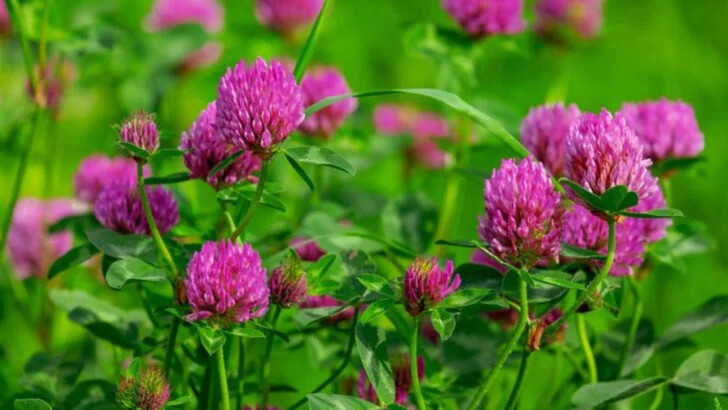Before there were pharmacies on every corner, Americans relied on what grew wild in their own backyards. Many of the so-called “weeds” we yank out today were once seen as medicine cabinets in disguise—powerful, healing plants passed down through generations. These uninvited guests weren’t considered a nuisance. They were trusted allies in the fight against everything from colds to cuts, infections to insomnia.
Over time, with the rise of commercial lawn care and synthetic medicine, we started labeling these ancient remedies as pests, spraying them with chemicals and ripping them from the soil. But what we lost in that transition was more than just green clutter—we lost centuries of practical, plant-based knowledge. Ironically, some of the very plants we work hardest to eliminate today were once the backbone of frontier medicine and home healing.
Now, a growing number of herbalists, foragers, and natural health enthusiasts are reclaiming this wisdom—and it starts right outside your door. These weeds are often free, resilient, and surprisingly potent, growing without effort in places most other plants won’t. If you’ve ever looked at your yard and wondered what’s worth saving, you may be walking past remedies your great-grandparents swore by.
Dandelion
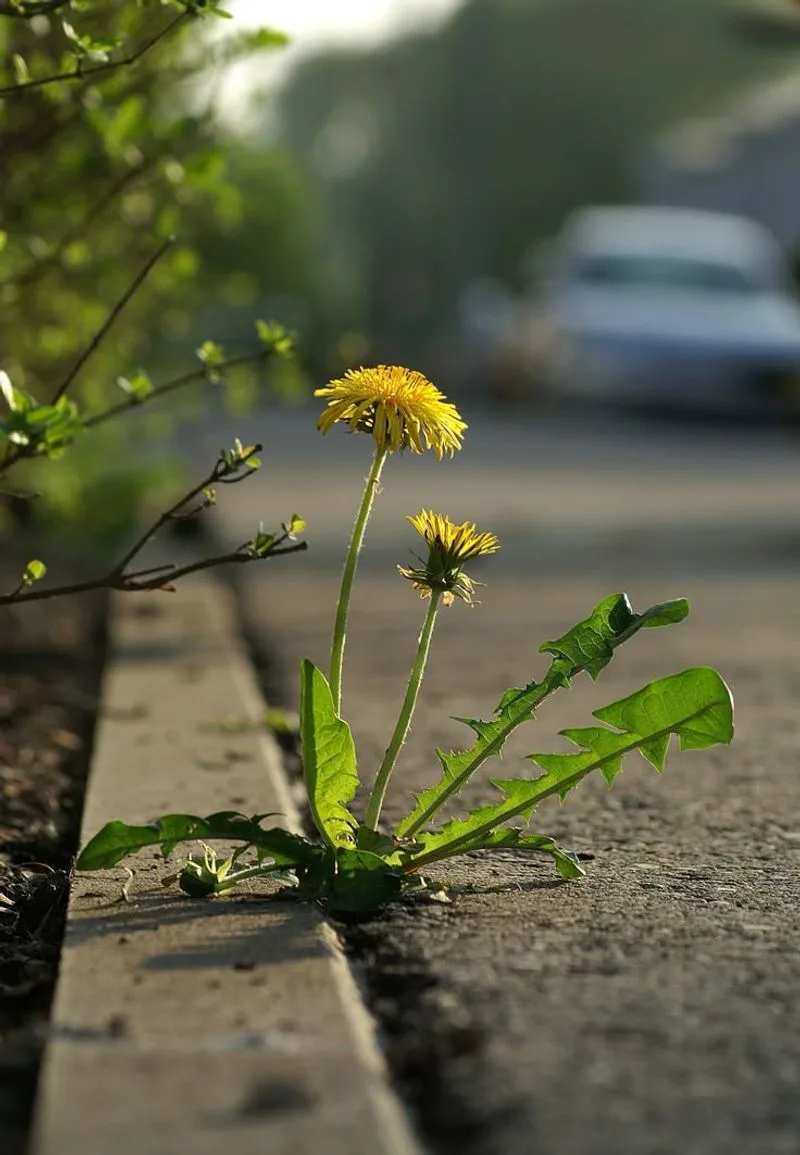
Often seen as a persistent intruder, dandelions hold a treasure trove of benefits. These golden wonders are not just for making wishes. Their roots can be roasted for a coffee substitute, while leaves serve as a nutrient-rich salad ingredient. Historically, they’ve been used to support liver health and aid digestion. Did you know? Dandelion is a staple in traditional Chinese medicine. Next time you spot one, consider its role in a natural pharmacy rather than just a lawn invader.
Plantain
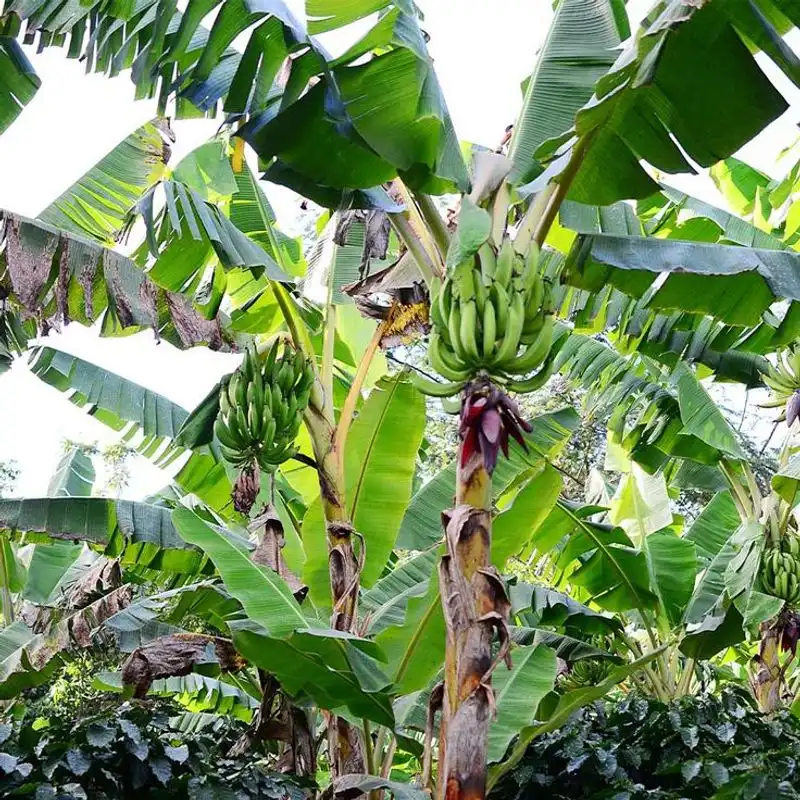
A common sight underfoot, plantain leaves have been a remedy for centuries. These unassuming leaves can soothe insect bites and accelerate wound healing. Their anti-inflammatory properties make them a valuable addition to natural first aid kits. Often overlooked, plantains are a testament to nature’s ability to heal. Used by indigenous populations across America, the plantain offers a natural solution to minor skin irritations. It’s a small powerhouse of healing potential lurking in plain sight.
Chickweed
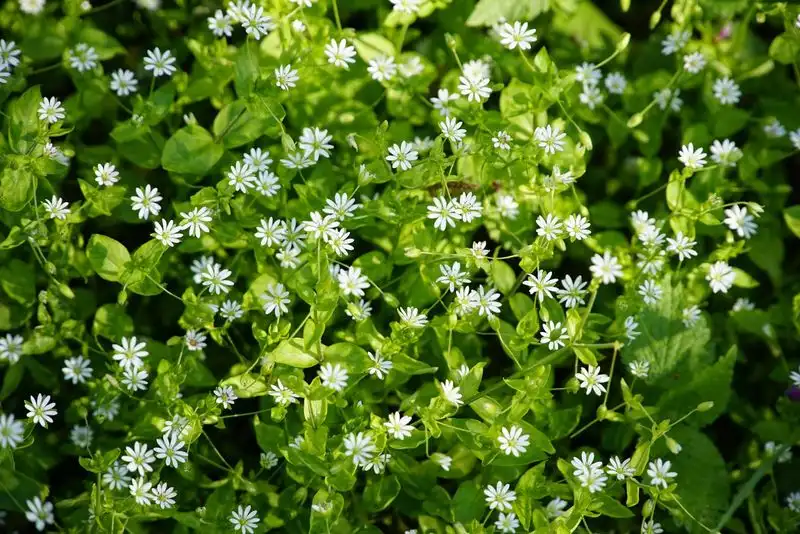
Delicate and unassuming, chickweed is more than just a ground cover. With tiny star-like flowers, it has been appreciated for its skin healing properties. This weed is a gentle ally for those suffering from eczema or minor wounds. Known for its cooling effect, chickweed salves can relieve itching. It’s a humble plant with a soothing touch, often found weaving its way through garden beds, offering quiet resilience and relief. Despite its small size, chickweed is a mighty helper.
Clover
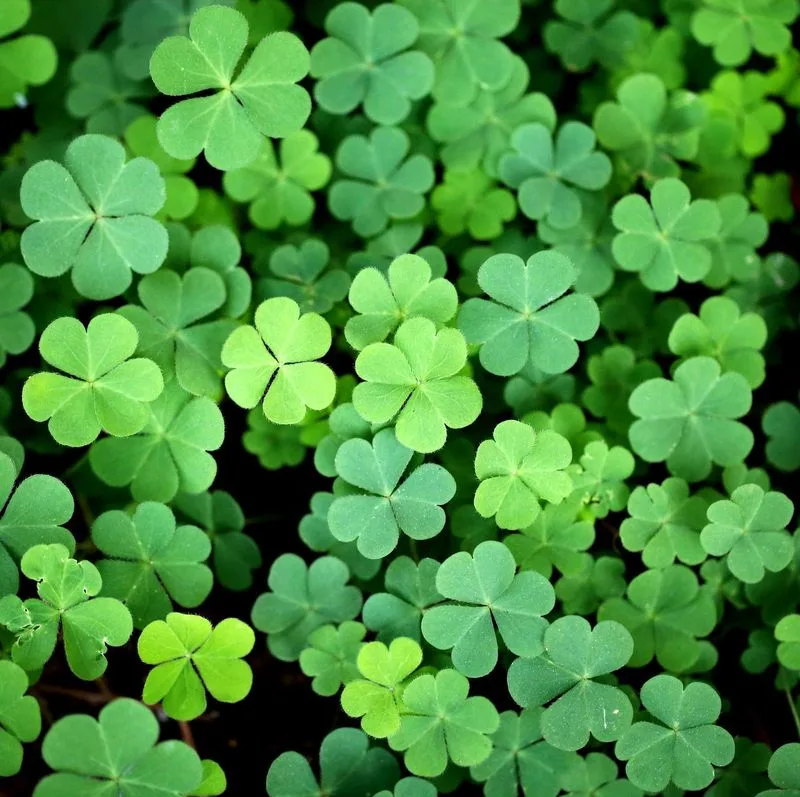
Associated with luck, clover also brings health benefits. Rich in vitamins and minerals, it’s a nutritious addition to salads. Beyond its nutritional value, clover has been used to cleanse the body and support respiratory health. Its mild, sweet taste makes it a pleasant herb to incorporate into teas. Found in many lawns, this plant is a friendly reminder of nature’s generosity. Appreciate its trifoliate leaves not just for luck, but for their gentle support to well-being.
Yarrow
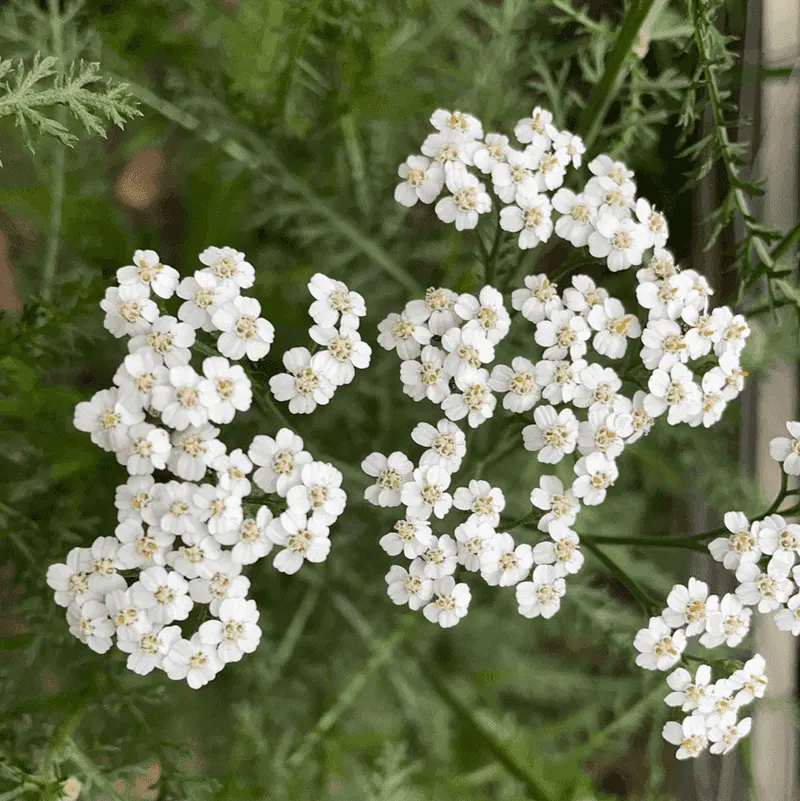
Yarrow stands tall with a storied past. Known for its use in treating wounds in ancient times, it’s hailed as a warrior’s plant. The feathery leaves and clusters of white flowers make it a striking addition to any landscape. As a medicinal herb, yarrow can reduce inflammation and support the healing process. This resilient plant once graced many yards, offering its protective qualities. Yarrow’s presence is a reminder of the enduring power of nature’s pharmacy.
Milk Thistle
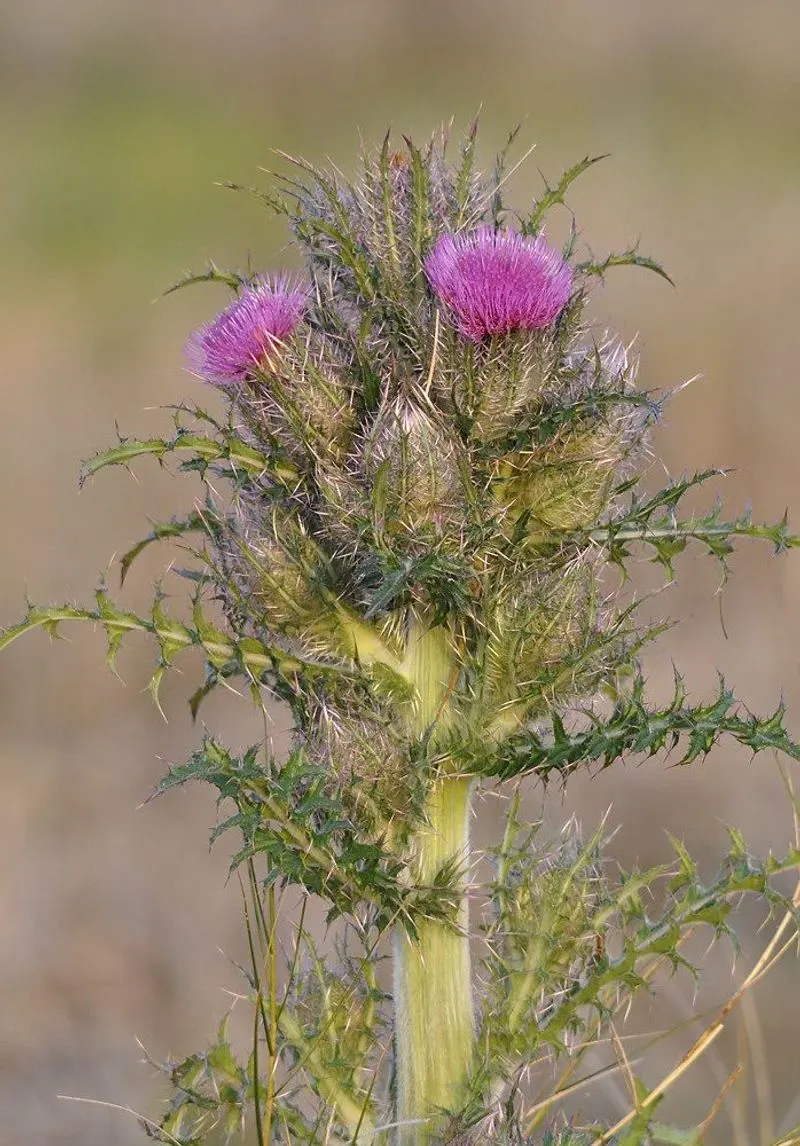
Resilient and spiky, milk thistle’s beauty lies in its healing abilities. Renowned for supporting liver health, this plant has been used for detoxification for centuries. Its seeds are packed with silymarin, a compound known for its protective benefits. While the thistle’s appearance might deter some, it stands as a guardian of health. Often found in untamed corners of gardens, milk thistle is a symbol of strength and healing, offering its benefits to those who seek.
Stinging Nettle
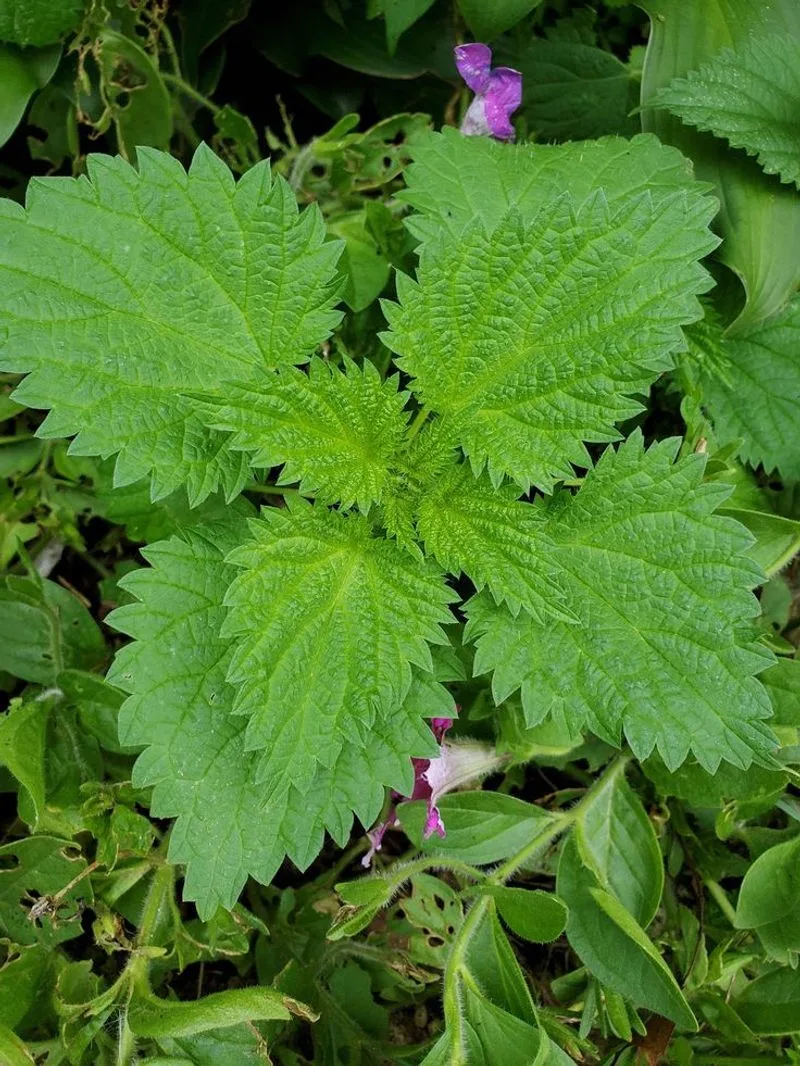
Don’t let its sting fool you; nettle is a powerhouse of nutrients. Historically used to treat arthritis and allergies, this plant is rich in vitamins and minerals. Its ability to support joint health and boost the immune system makes it invaluable. Once processed, nettle leaves lose their sting, revealing a boost of health benefits. Often found in overgrown areas, nettle’s role in natural remedies is more potent than its sting, offering nourishment and relief.
Burdock
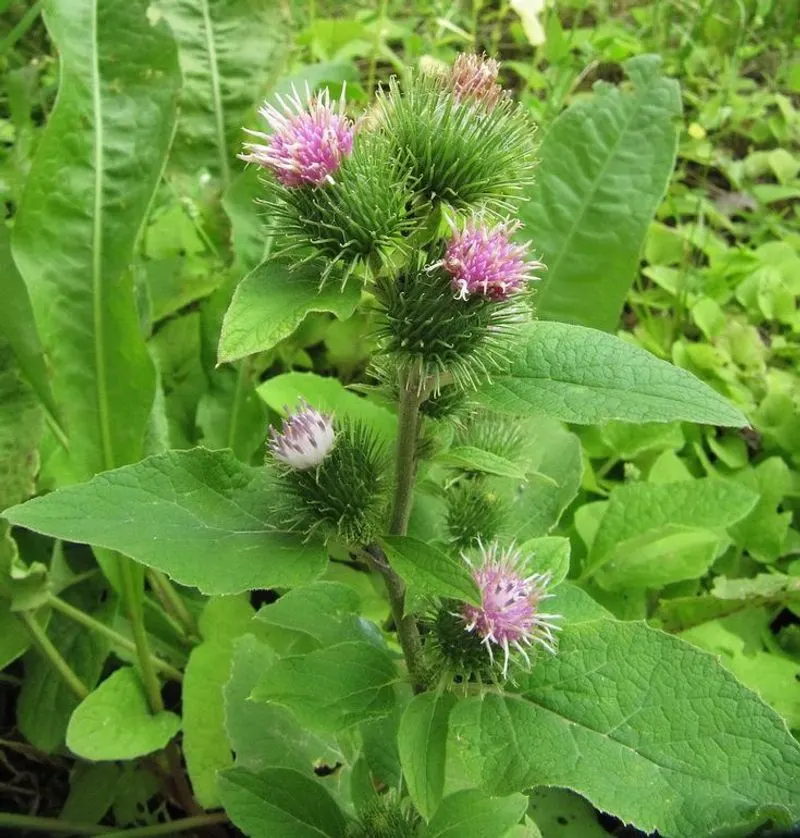
With its burrs that cling and capture, burdock has more to offer than meets the eye. Traditionally used to purify blood and support skin health, this plant is a detoxifying dynamo. Its roots can be consumed for their healing properties, making it a staple in many herbal traditions. Burdock stands tall and proud, a testament to the resilience found in overlooked places. Its presence is a gentle reminder of the balance between nature and healing.
Mullein
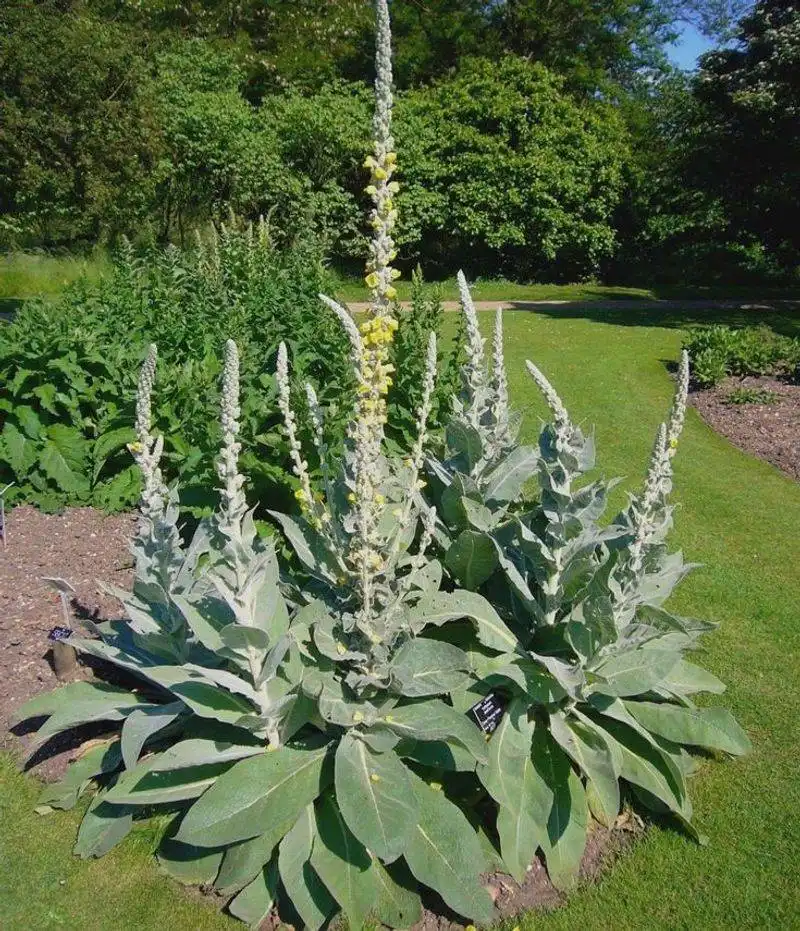
Towering and unyielding, mullein is a beacon of herbal medicine. Its soft leaves and towering spikes have been used to support respiratory health for centuries. Often seen as a weed, it offers a gentle remedy for coughs and congestion. Mullein’s soothing properties make it a staple in herbal teas and tinctures. Found in wild and open areas, this plant stands as a silent helper to those in need, offering its healing touch through its lofty presence.
Wild Violet
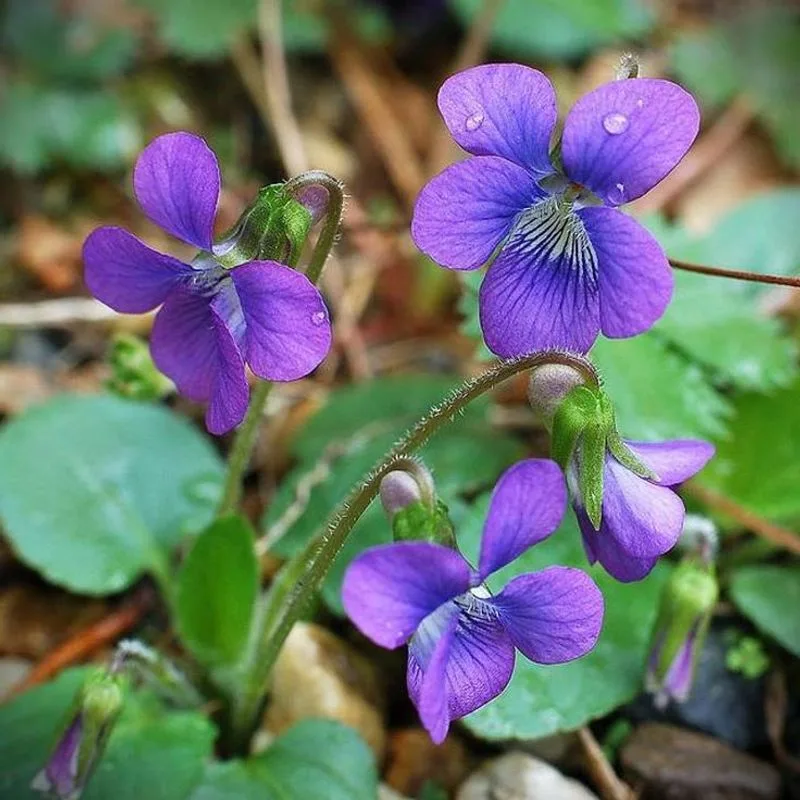
With its charming purple blooms, wild violet is more than just a pretty face. This plant has been used traditionally for its anti-inflammatory properties. The leaves can be infused into teas to provide relief from sore throats. As a natural remedy, wild violets offer a gentle touch of healing, often found nestled in the cool corners of gardens. Their vibrant color is a reminder of the beauty and benefit that coexist in nature’s offerings.
Ground Ivy
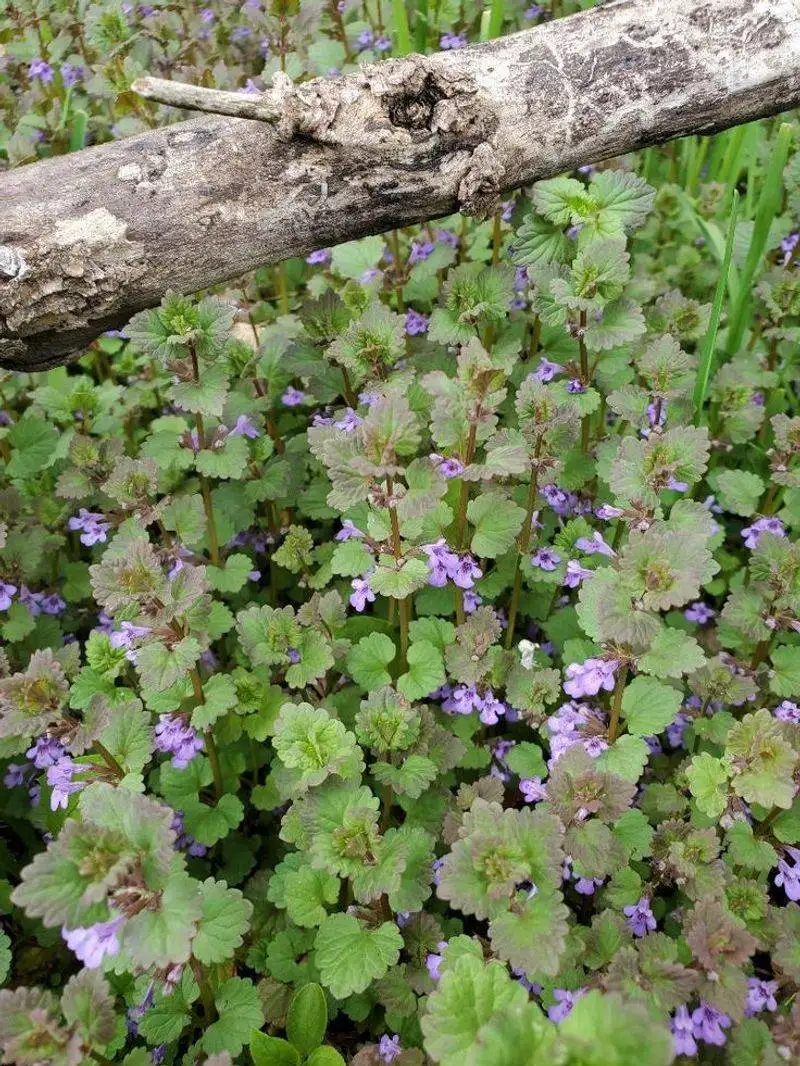
Creeping along the ground, ground ivy offers a plethora of benefits. Often overlooked, its small purple flowers and rounded leaves are a natural remedy for colds and respiratory issues. Traditionally brewed into teas, it provides a soothing effect against coughs. Found sprawling in gardens, ground ivy is a testament to the healing power found in nature’s carpet. Its presence is a quiet nod to the age-old wisdom of using plants for health.
Lamb’s Quarters
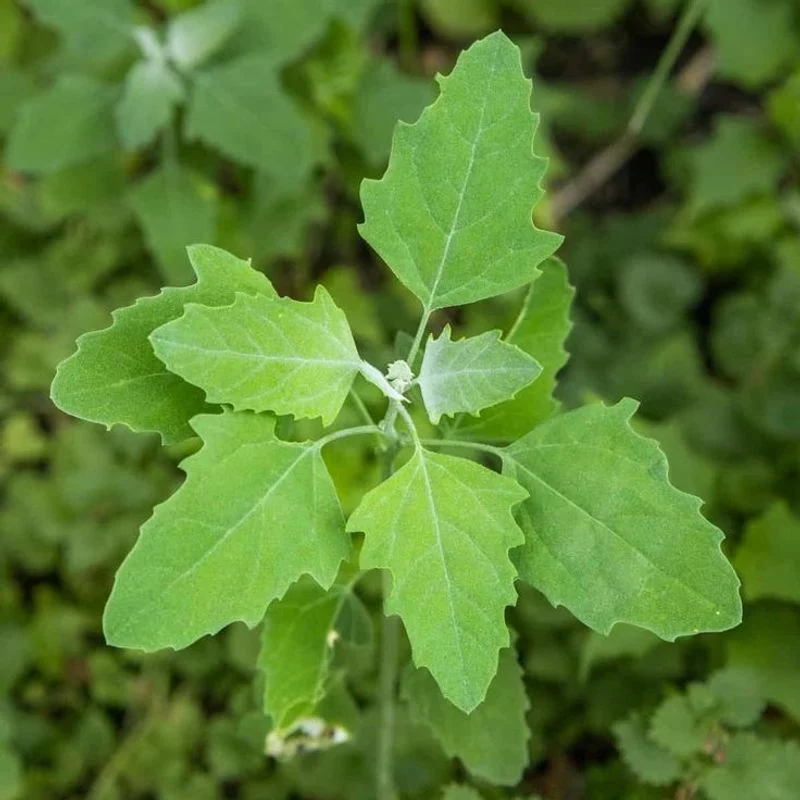
Lamb’s quarters, often mistaken for a weed, holds nutritional secrets. Rich in vitamins and minerals, its leaves are a nutritional powerhouse, akin to spinach. This plant has been gathered as wild food, providing sustenance and health benefits. Found in gardens and vacant lots, lamb’s quarters offer a natural source of wellness. Embrace its presence as a reminder of the nourishment that can be found in unexpected places, providing both food and health benefits.
Purslane
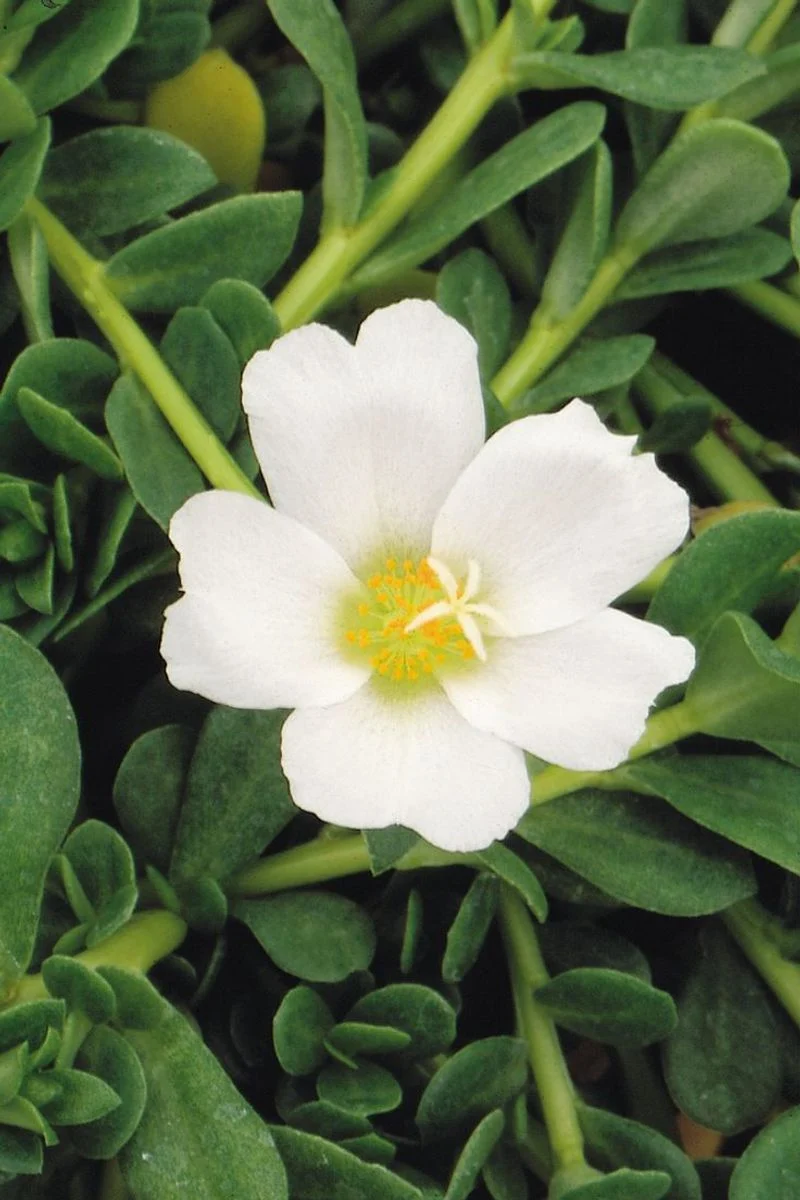
With a crunch that surprises, purslane is a succulent with a secret. Rich in omega-3 fatty acids, this plant is a unique addition to salads. Its slightly tangy taste offers a refreshing twist to culinary creations. Found in gardens and sidewalks, purslane is a nutritious gift from the earth. This humble plant embodies resilience and health, thriving in sunny spots and offering its benefits without fuss. Discover the hidden potential in every crisp bite.
Shepherd’s Purse
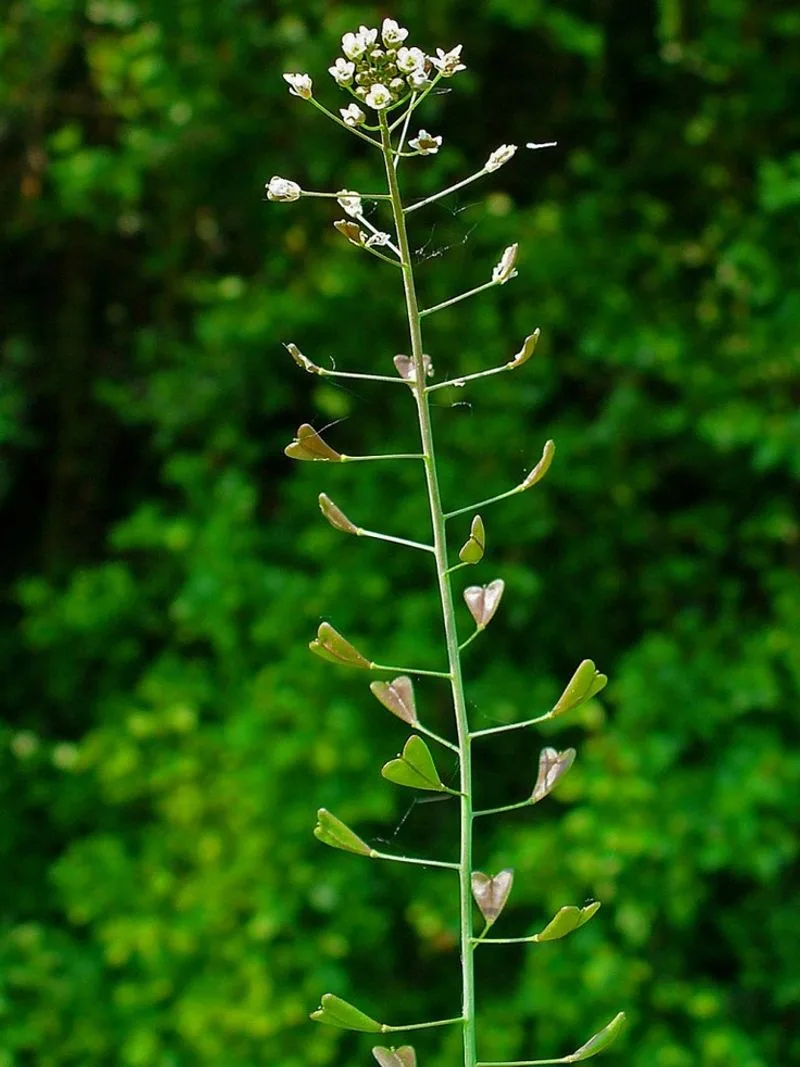
Named for its distinct seed pods, shepherd’s purse has a long history as a medicinal herb. Used to stop bleeding and support circulatory health, it’s a plant of resilience. Its heart-shaped seed pods are a hallmark of its presence in meadows and gardens. Often considered a weed, it offers an abundance of healing properties. Shepherd’s purse thrives where others might not, a symbol of quiet strength and utility in the plant world.
Yellow Dock
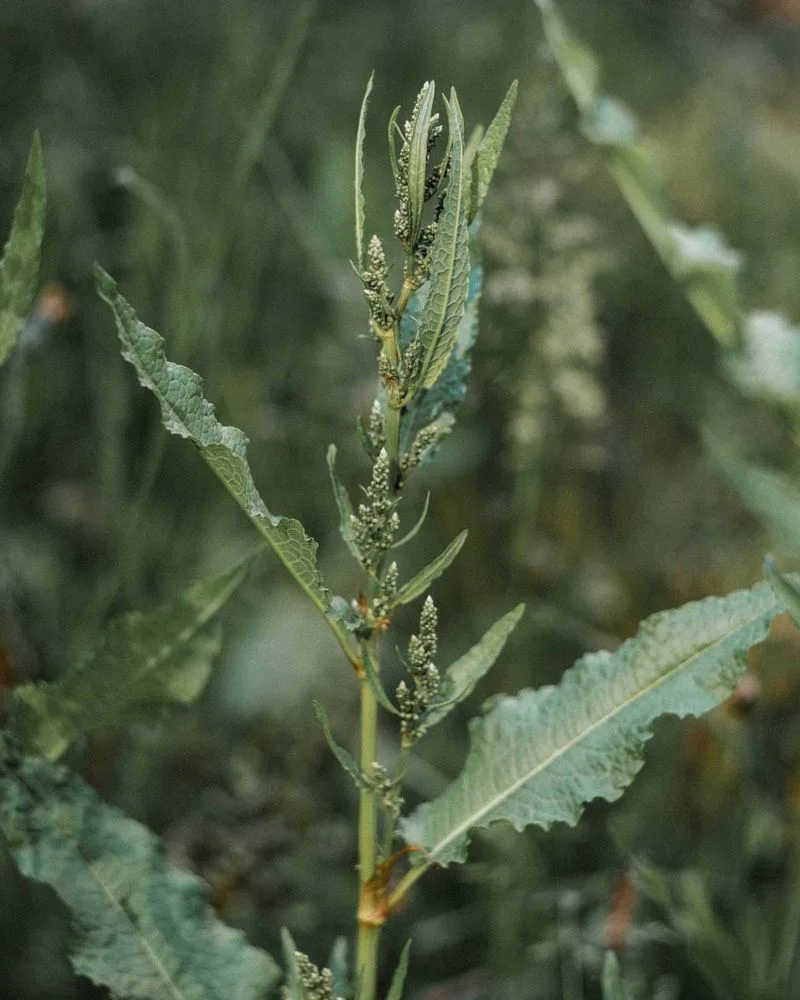
Yellow dock’s value extends beyond its appearance. Used traditionally as a remedy for anemia and digestive issues, it’s a plant with hidden talents. Its roots and leaves are rich in iron, making it a natural ally for those seeking to boost their energy. Often found in fields and along roadsides, yellow dock offers a subtle reminder of nature’s pharmacy. This plant stands as a testament to the hidden treasures in the natural world.
Red Clover
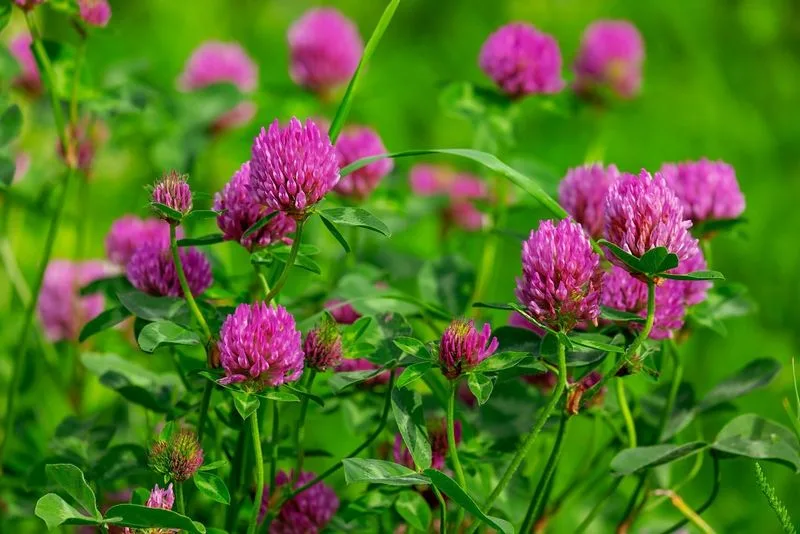
Red clover flaunts its colors and its healing properties. Known for supporting women’s health, it has been used traditionally to ease menopausal symptoms. The vibrant flowers are a striking reminder of the plant’s dual role as both ornamental and medicinal. Found in many meadows, red clover offers a gentle touch to those seeking balance and wellness. Its presence is a vivid reminder of the intersection between beauty and health in nature’s landscape.

